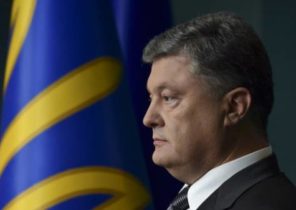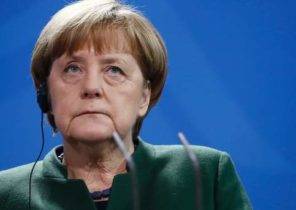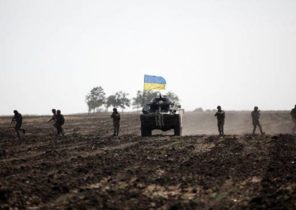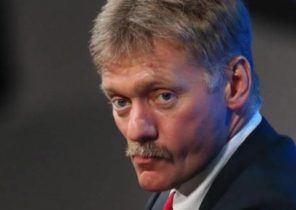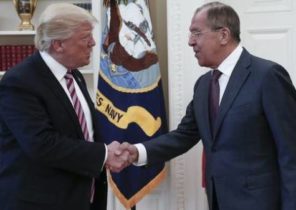
Russia has become a classic example of “buy the rumor, sell on the news”. As soon as Donald trump brought in January to the presidential oath, the Russian papers began to decline. They stopped selling like hot cakes as bread in Venezuela, and now the two largest exchange-traded Fund focused on Russia, are losing money.
If we take data for the period from the beginning of the year, it appears that VanEck and Russia (RSX), and VanEck Russia Small Cap (RSXJ) have lagged behind the index of emerging markets MSCI Emerging Markets. For the last three months they both are generally unprofitable, while all the other major emerging markets bring investors any money. Investors sell Russian securities since the end of last year. At the same time in 2016 RSXJ was the best investment among securities of brick. It grew by nearly 100%, despite the sanctions and in the press on the prevailing anti-Russian sentiment.
Anyway, there are three things to consider when talking about Russia.
Russian domestic bonds attract European and American investors, resorting to the strategy of carry trade. Investors from countries with low-yielding currencies — for example, from Europe and the USA — to buy bonds denominated in Russian rubles. In March, they provided the inflow to the Russian market of bonds, a record amount to 159 billion rubles.
— Russian Central Bank lowers next week interest rates. The head of the Central Bank Elvira Nabiullina said on Thursday that the upcoming next week’s meeting of the Board of Directors can be raised about the reduction of the key rate by 25 or 50 basis points. Now the key rate is 9.75%. Investors who invested in the denominated in local currency bonds with a yield of 9.75% or above, will obtain as you lower rates and more income from capital gains. This is one of the things to watch guide world bond funds, selecting markets for investment. Despite imposed on Russian banks sanctions from the Russian bond market is gone, not so many American and European firms. What will happen when the sanctions will be removed…
The figure shows no fear of fear. One of the best possible indicators of default risk is considered to be the credit default swap. From credit default swaps to strong bonds low cost, on weak higher. This is insurance against default. Russian credit default swap last week, went up first, and then went down to a three-year low, despite the rhetorical clashes between American and Russian officials over Syria.
Russian stocks follow oil prices, not Putin’s rhetoric or trump. It is through this prism of American investors and look at the main landmark for the Russia exchange traded Fund VanEck Global. Accordingly, the decline in oil prices has primarily RSX and RSXJ, the proportion of shares in the energy sector which accounts for only 0.8 percent — less.
The surplus on current account increased in the first quarter to $ 23 billion, that is up to 2.5% of GDP. The trade surplus increased to 7.4% of GDP. Russian foreign exchange reserves now amount to 398 billion dollars. Meanwhile, just two years ago our Pro-Ukrainian activists asserted that Russia here-here will drain their reserves to save the ruble. Those who believed them, much wrong — because in such cases still must proceed from the situation on the market. In 2015, Russia abandoned the fixed exchange rate, the ruble fell from 35 rubles per dollar, almost to 80. Now it has strengthened to about 56. The fortress of the Russian balance of payments and trade balance show the correctness of the decisions taken by Nabiullina after in 2014 fell oil prices, and Russian operations in Ukraine have resulted in sanctions against Russian energy and financial companies.

